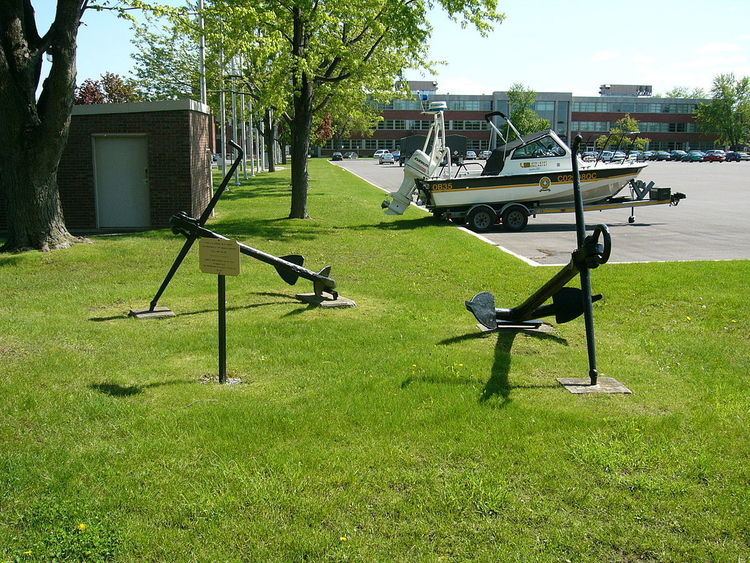Name HMS Fury Laid down September 1813 Launched 4 April 1814 | Ordered 5 June 1813 Construction started September 1813 Builder Rochester | |
 | ||
Class and type | ||
HMS Fury was a Hecla-class bomb vessel of the British Royal Navy.
Contents
Military service
The ship was ordered on 5 June 1813 from the yard of Mrs Mary Ross at Rochester, Kent, laid down in September, and launched on 4 April 1814.
Fury saw service at the Bombardment of Algiers on 27 August 1816, under the command of Constantine Richard Moorsom.
Arctic exploration
Between November 1820 and April 1821, Fury was converted to an Arctic exploration ship, and re-rated as a sloop. Commander William Edward Parry commissioned her in December 1820.
Fury then made two journeys to the Arctic, both in company with her sister ship, Hecla.
Her first Arctic journey in 1821 was Parry's second in search of the Northwest Passage. The farthest point on this trip, the perpetually frozen strait between Foxe Basin and the Gulf of Boothia, was named after the two ships: Fury and Hecla Strait.
On her second Arctic trip, Fury was commanded by Henry Parkyns Hoppner while Parry, in overall command of the expedition, moved to Hecla. This voyage was disastrous for the Fury. She was damaged by ice while overwintering and was abandoned on 25 August 1825 at what has since been called Fury Beach on Somerset Island. Her stores were unloaded onto the beach and came to the rescue of John Ross (Arctic explorer) when he lost his ship on his 1829 expedition.
Legacy
In 1956, Captain T.C. Pullen RCN, sailed HMCS Labrador on an expedition through the Northwest Passage.
During this voyage Labrador recovered two Admiralty Pattern anchors on "Fury Beach", Somerset Island (Nunavut). The anchors were left there in 1825 by the crew of Fury and Hecla with stores, boats, and other useful items, as Fury was beset and had to be abandoned. The anchors were a landmark for sailors for 136 years. The gear was left there for future explorers to use in an emergency, and because there was no space in Hecla for all of the equipment. The cache left behind did indeed prove useful to mariners years later.
Labrador transported the artifacts to Halifax, and they were placed in the Maritime Command Museum (1961). In 1972 Fury's anchors were moved to CCG Base Dartmouth Nova Scotia. In 1981 the anchors were removed to the Canadian Coast Guard College at Sydney, Nova Scotia, in 1991 the relics were prepared to be part of a popular exhibit. The anchors were donated by MARCOM on 6 May 1998 to the Collège militaire royal de Saint-Jean at Saint-Jean-sur-Richelieu, Quebec. The anchors are now displayed at the northeastern corner of the parade square, and are in the custody of le Musèe du Fort Saint-Jean.
